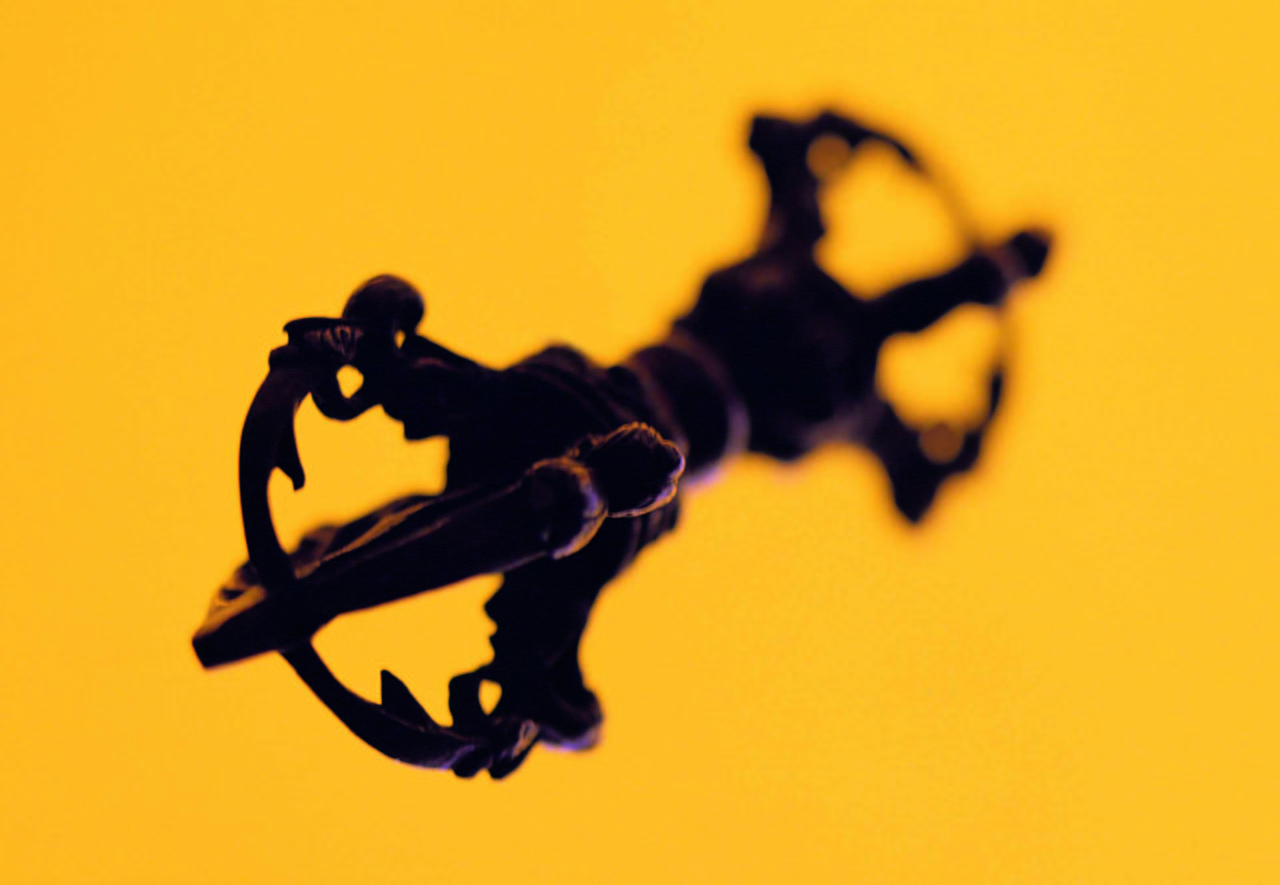Thinking in Images
In the many hours I spent watching David paint what amazed me was his ability to conceive images, and the technical facility that enabled him to turn his ideas into paintings at an unbelievable speed. Before those naked figures appeared he had been producing elongated women in red ball-gowns who eerily mixed glamour and malevolence. In the weeks that followed came a stream of paintings in which the same forms were enlarged in whites, blues and purples. I don’t know if this was the first time such figures had appeared in David’s work, but after an absence of several years, they are there again, twelve years later, in ‘The Project’. And the women who disappeared from his work with their arrival are again absent.
Even the most casual observer of David’s paintings can hardly fail to be impressed by the strength and variety of his imagery. The human figures In ‘The Project’ are not always so wracked by anguish as were those in the Cambridge sketches, but there are no smiles here, and mostly they suffer. I was always perplexed by the contrast between David’s cheerfulness and vigour and the anguish that is often represented in his work. But David has no qualms and no inhibitions in this respect. He sketches continually, and he doesn’t censor what appears. He refuses to predetermine what images he would like to produce and he doesn’t conceptualise the result. He seizes on the elements in his drawings that have strength and energy, and he follows that strength where it leads him. He is always alert to images in the world around, but still more to those in his thoughts. He exemplifies Emerson’s advice that: ‘a man should learn to detect and watch the glimmer of light that flashes across his mind from within.’
There is a characteristically eccentric secret behind David’s images. As a child he invented a kingdom called ‘the Empire of Nerac,’ and he imagines that each pen he buys is the tool of a court artist of the Empire. When the pen stops working the artist has died, and another will take his place. The artists have varying styles, and their work develops through their careers, making this a phenomenal prompt to creativity. David has been producing Neracian drawings for almost thirty years, and perhaps even he doesn’t know how many albums have been filled with such work (it must be hundreds).
I didn’t realise it at the time, but the drawings I saw spread across David’s floor were Neracian images. Eventually he brought some of his old albums up to Cambridge and I discovered Nerac for myself. Many of the drawings depicted the Empire’s inhabitants. There were angular depictions of Archdukes and Grand Viziers holding themselves stiffly before ornate interiors adorned with occult symbols and cabalistic hieroglyphs. There was a veritable dynasty of crown princes and pretentious nobility with covetous, disdainful expressions in drawings that resembled baroque lithographs embossed onto postage stamp scraps. Through this fiction David combines his engagement with raw imagery with a childlike playfulness (these aren’t his drawings, they are the artist’s), and this combination of vigour and frivolity accounts for the imaginative freedom of his work, and perhaps the element of whimsy in some of it.
It is natural to ask who or what the figures in these paintings signify. At the time I saw those images scattered across his room my immediate association was with the shaven and shrunken figures that stare out from photographs of concentration camps. A few years ago I took part in a contemplative retreat in the grounds of Berkenau and, in reflecting on what had happened in the place where I was sitting, I found that David’s figures came to my mind. His 1990 Sotheby’s show, ‘Large Figurations’, contained huge canvasses of melding, interlocking figures in softened reds and blues. At the time he produced these I thought David had moved on from his preoccupation with suffering, but at Berkenau those images, too, came to my mind as eerily sublimated recapitulations of torsos piled on the floor of gas chambers.
In the most personal and characteristic parts of David’s work even overtly tranquil images seem shaded by something darker. One of the most powerful of the Project canvasses is ‘Crate’, in which figures stand in a honeycomb of cubicles and we peer down on their shaven heads and stifled bodies. Like ‘Perspective’, the similar painting of hands reaching up from cells, this is a powerful figuration of the pervasive isolation of our ennucleated lives. But it evoked for me a more visceral association: the tiny standing cells at Auschwitz in which prisoners were kept in a closely confined space for days and weeks on end without room to sit.
But it would be a mistake to identify these images solely with the Holocaust. That would tie them to a concept, and David’s endeavour is to evade such literalism. His undergraduate dissertation was on Holocaust literature, and he shared George Steiner’s concern that Holocaust art would always be inferior to the awfulness of the simple historical truth, and that fictionalising or mythologising the victims’ experience risked violating it. That was one of the subjects we tossed backwards and forwards as I lay on the couch in his room, book in hand, and he painted. Perhaps behind that discussion lay the tensions in Jewish tradition (and David is a devout Jew) around the place of visual art in the light of the Second Commandment injunction against graven images. Does this express, alongside rejection of the literal idolatry that reduces the divine to a statue, a sense that any human depiction does an injustice to the inalienable truth, the mysterious ‘suchness’ of the world as it has been created—imaged—by God? I suspect that David’s imagination is endlessly haunted by the Holocaust, but that he evades the problem of violation by distilling some essence of that experience and deeply internalising it. David’s paintings are uninhibited expressions of the images that appear in his inner landscape, and he values them for their power as images, whatever historical, artistic or psychological forces may have produced them.
But concepts and images are closely tied. Aquinas says that we cannot think without images, and Freud (whom we both studied at Cambridge) tells us that resonant images are a kind of thought. At their best David’s paintings resonate, signify and communicate in ways that prompt interpretation. I don’t have much to say about his more overtly metaphorical works, except that I think he is much more of an expressionist than a satirist, surrealist or allegoriser. His works undoubtedly comment on modern society and contemporary art, but their fundamental concern is more with the soul than with the intellect.
The best guide to David’s paintings that I can think of is Kafka. Like the figures in David’s paintings Kafka’s characters are not preoccupied with life in general, and still less with historical events, but with the peculiar circumstances of the world they inhabit, which follow different rules from those to which we are accustomed. Kafka’s world is one where you may be tried and convicted but never told your crime, or you can wake up and find you have turned into a giant insect. The tortoise-man in the Project image ‘Shell’ could be a brother to Kafka’s insect, and many of David’s characters look lost, as if they have undergone a similar metamorphosis. Their expressions are strained, and they seem perplexed – and perhaps oppressed – by the strangeness of their circumstances.
David’s characteristic colours also contribute to the sense that the paintings create a dislocated world. In our second year at Cambridge we both lived across the road from Kettles Yard, the household-turned-gallery that is a shrine to the elegant subtlety of the European-influenced British art of the mid-Twentieth century. David commented on this work, ‘They use so much white!’ He meant that colours were typically softened by being mixed with white, and the Kettle’s Yard aesthetic is a harmonious combination of fabrics, muted colours, and rounded forms. Nothing could be further from David’s vision, which is ‘uncanny’ in Freud’s sense of ‘unheimlich’, literally meaning ‘unhomely’. He uses cold blues, strong reds and a great deal of purple as well as yellows and blacks. You cannot feel at home with these colours, and the figures in the world they create are also, in a powerful sense, not at home.
The protagonists of ‘The Project’ paintings most resemble Kafka’s heroes in being victims: caught in webs, or crushed under a boot, or pouring with humanity over a weir in a vast river. Kafka’s creed was patience, and David’s figures similarly bear their peculiar circumstances. Sometimes they seem like ghosts, waiting inside suitcases or beds, like the memory of the owners or the previous occupants. Or perhaps they are our own ghosts, waiting to emerge from our skulls while we are still living, or mysterious cabalistic spirits that suffer for us the consequences of our spiritual malaise. But whether they are images of ourselves as victims or they are victims of ourselves, they gaze out with a stoical dignity that is the result not of heroic resistance, but simply of being themselves. Because of their sufferings—not in spite of them—these figures endure, and they possess a strength such as that expressed by Kafka in The Blue Octavo Notebooks: ‘Believing means liberating the indestructible element in oneself, or more accurately, being indestructible, or more accurately, being.’
Perhaps something of this indestructibility lies behind the massive calm and solidity of the most successful pieces in ‘The Project’—the superb large canvasses such as ‘Descent’, ‘Web’, ‘Fall’, and ‘Perspective’. Their compositional ambition makes them so complete and so intensely focused that the individual figures become part of a vision of the human condition. Their calm comes from the wholeness of that vision. Having known David’s work over the years, these paintings seem to me a peak of his achievement to date, uniting many elements that have been long germinating.
So powerful are the images that David produces that it is possible to ignore another dimension of his work, which for me is just as characteristic and just as expressive: texture. I spent hours watching as he built up with astonishing skill and rapidity the textures from which the images are constructed. Look closely at a detail of many of his paintings and you will see a fascinating abstract that combines his distinctive colouration with large, bold contrasts. For several years in the 1990s these textures were absent from his work, but they re-emerged in ‘The Project’, and for me this is essential Breuer-Weil. These textures are like a signature, the expression of a temperament and sensibility that is constantly present, whatever image may be in the foreground. Looking at his paintings you can focus in on the texture and let the image dissolve into it. Or you can step back, and allow the image to distil itself from the layers of paint. I can imagine the subject matter of David’s paintings going through many phases in coming years, but it is hard to imagine these textures disappearing.
They are there, too, in his lumpy, rough-worked sculpture, and in both media his work has a visceral quality that abets the immediacy of the imagery. He is capable of great subtlety in colouration, but I also watched as he slapped the paint on and then gouged great channelsthrough it. And this isn’t just backgrounds: this is how he did faces. The physicality of the painting is an important reason why, for all the ideas that course across the canvasses, his work is anything but intellectual.


